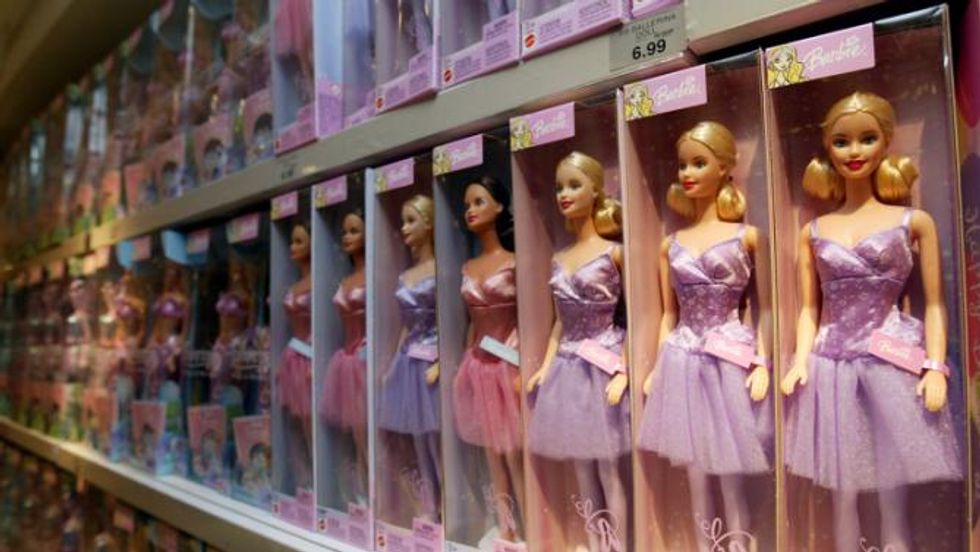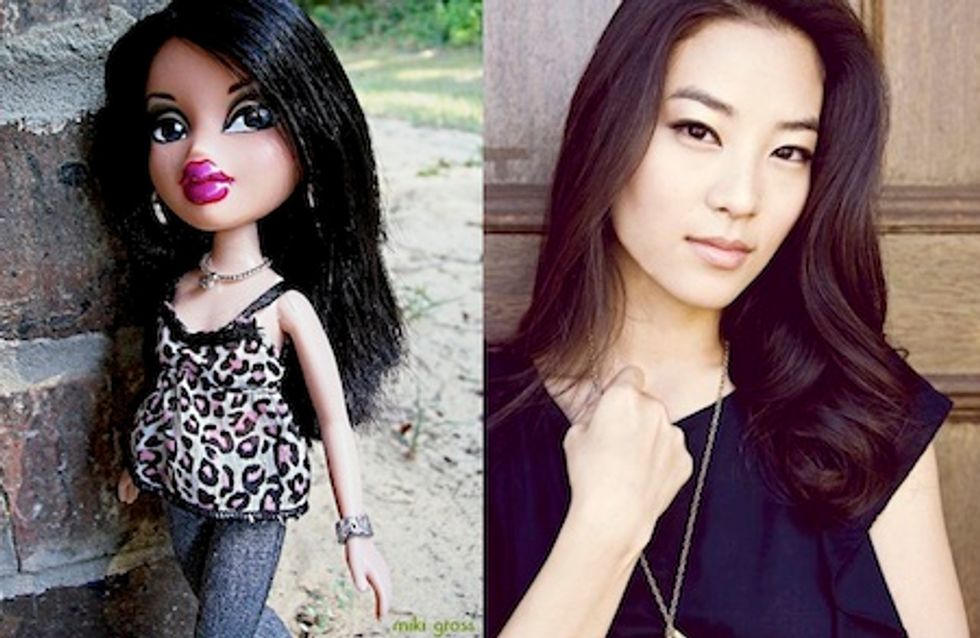It was just last week that I was rolling around Target in a shopping cart, on the prowl for some last-minute college supplies. Between the towels and pencils I had amassed, I took a second to pop into the toy aisle—as any fledgling college student would. Going on a whim, I decided to slip down the bright pink aisle overflowing with princess dresses and crowns, dressed up little dolls, and fluffy stuffed animals. However, as I traversed down this corridor of nostalgia, I couldn’t help but notice something about the Barbie dolls. Other than their spidery thin proportions and copious amounts makeup, there was a strange lack of an obviously Asian doll. As a joke, I ran back to my dad and lamented to him about my simple wish for an Asian Barbie and the terrible scarcity thereof. And with a small shrug, he said, “It’s because no one wants to buy an Asian Barbie.”
And that struck me as...strange. As offensive. Because all jokes aside, I really did want an Asian Barbie. I wanted a doll that looked like me and one that I could relate to on a cultural level. I wanted a doll I could connect with. And I’m sure I wasn’t the only one who wanted to see herself as an astronaut, a cheerleader, or a doctor. I wasn’t the only Asian girl who wanted to be all the things that Barbie promised a girl like her could be. But the problem is just that—we aren’t like her. We aren’t blonde, we aren’t blue-eyed, and, for some of us, we aren’t even skinny.
Some may argue that Mattel has made efforts to reach out to the Asian population: they have released a Mulan and Shang set (of which I am a proud owner) and a Barbie Entrepreneur Asian Doll. And I really do appreciate the effort, but why aren’t there more dolls? Why aren’t there Asian dolls for sale now? In fact, why is it when I try to search up the Asian Barbies on Google or the Mattel site, nothing comes up?
Of course, it’s unfair to channel all this displeasure towards Barbie because they really aren’t the only culprits in this story. For one, American Girl—who professes to have girls that look just like you and promises to explore the diverse cultures of America—discontinued their only Asian doll Ivy Ling just last year. And in the 2006, American Girl released Jess McConnell. However, she’s half-Asian, and doesn’t even carry a name that makes her heritage obvious—unless you count her middle name, Akiko. Her release was also a limited one. The Lego Friends series fails to have an obviously Asian character in their main set of girls as well.
One of the more progressive dolls companies is Bratz. In their typical set, they have a variation of dolls of different cultures, one of which is Jade. But there are a few problems with Jade. First of all, we don’t really know what her heritage is; most people just assume she’s Japanese—probably based on her name, which leads to her second problem: by naming her Jade, Bratz is relegating many Asian cultures to stereotypes. While jade is an important stone in various Asian cultures, it is not the only thing about it. The last problem I have with Jade is the fact that despite (supposedly) being Asian, she doesn’t not look Asian at all.
Jade from the Bratz series with the lovely Korean-American actress Arden Cho for comparison.
In fact, this is a problem that spans nearly all the big companies that produce dolls. Despite promising that a doll is of Asian descent, she often ends up looking like some kind of caricature of what the Western culture assumes Asians look like. What that looks like, apparently, is exactly like a girl of European descent, but with slightly more upturned and slightly smaller brown eyes. If it’s not that, then it’s some kind of girl with outlandishly slanted eyes, a ridiculously small nose, and thick red lips. Ultimately, many “Asian” dolls end up looking more Caucasian than Asian, or like some kind of odd cartoon, which brings us back to square one: a terrible shortage of desirable Asian dolls.
The other thing that many companies fail to realize is that there are more Asians than just East Asians. While, as a person of Chinese heritage, it pains my heart whenever I don’t see any dolls like me, many girls of South and Southeast Asians descent have even less representation. Western culture is so wrapped up in the idea that Asians are strictly Japanese, Chinese, and Korean that they forget about just how diverse Asia really is. They forget about the Indians, the Filipinos, and the Vietnamese peoples (just to name a few), which is tragic, because these girls deserve as much attention as any other girl does. Especially since many females struggle with self-image issues as well. Furthermore, while Asians must try to negotiate the Western idea of beauty, South and Southeast Asians have to deal with the image that lighter-skinned Asians portray as desirable. That is, they feel the pressure of colorism as well—that somehow, being lighter-skinned makes someone better than someone who is darker-skinned. Which is not true at all: a dark-skinned Asian girl is just as beautiful as a light-skinned Asian girl.
But without representation, she doesn’t know that. She only knows that as she stands in the aisle of some store, she isn’t even important enough to be represented as a doll. Instead, she must settle with either a Caucasian doll, a vaguely East Asian doll, or no doll at all. And that’s just no way to live.
Barbie tells us to dream it and be it. She tells us we can be anything and do everything. But when she says “we,” does she include Asian girls too? If not, then it’s time for us to dream it and make it. It’s time for us to stand up and remind the world that there are people who want to buy an Asian doll. And we’re right here, waiting—and demanding—for them to make one.
























